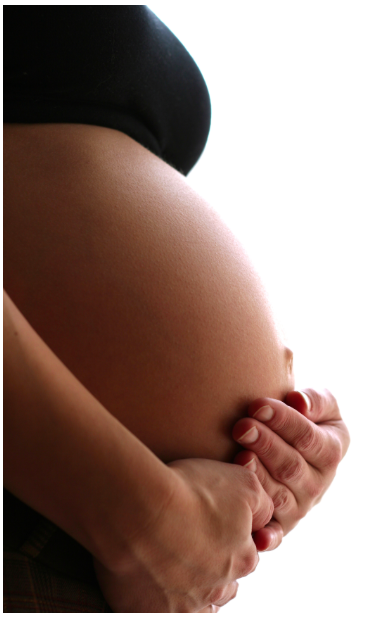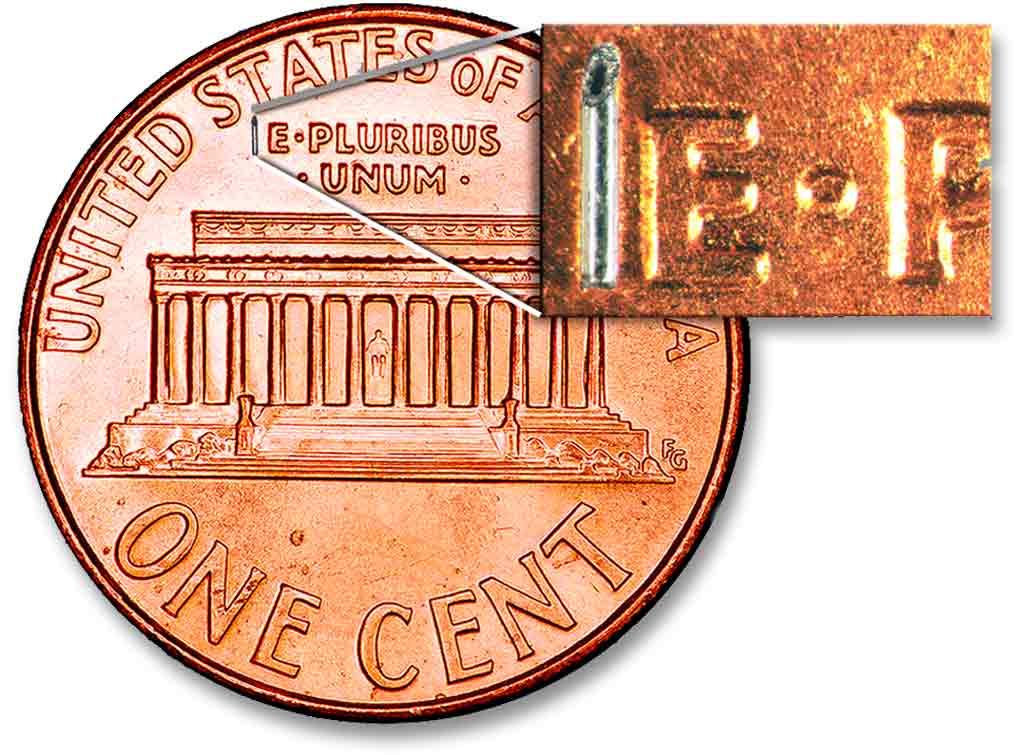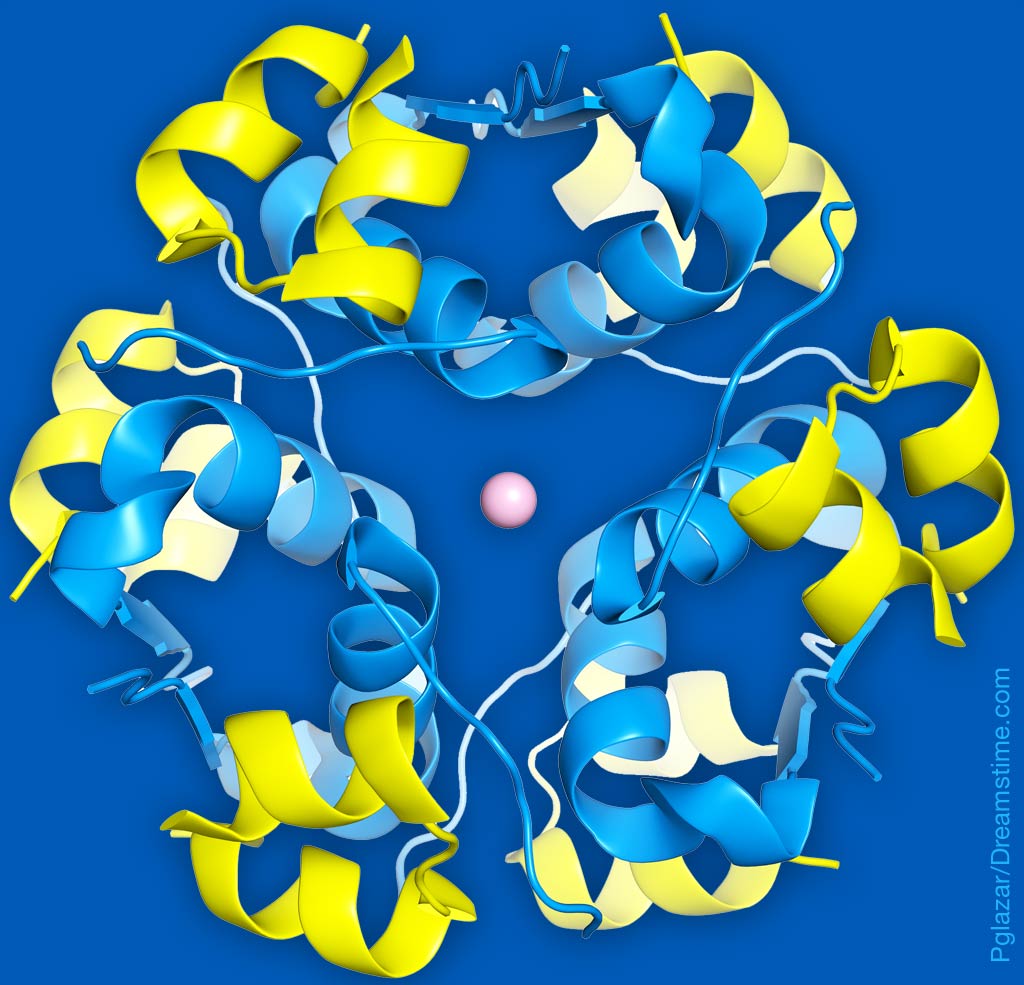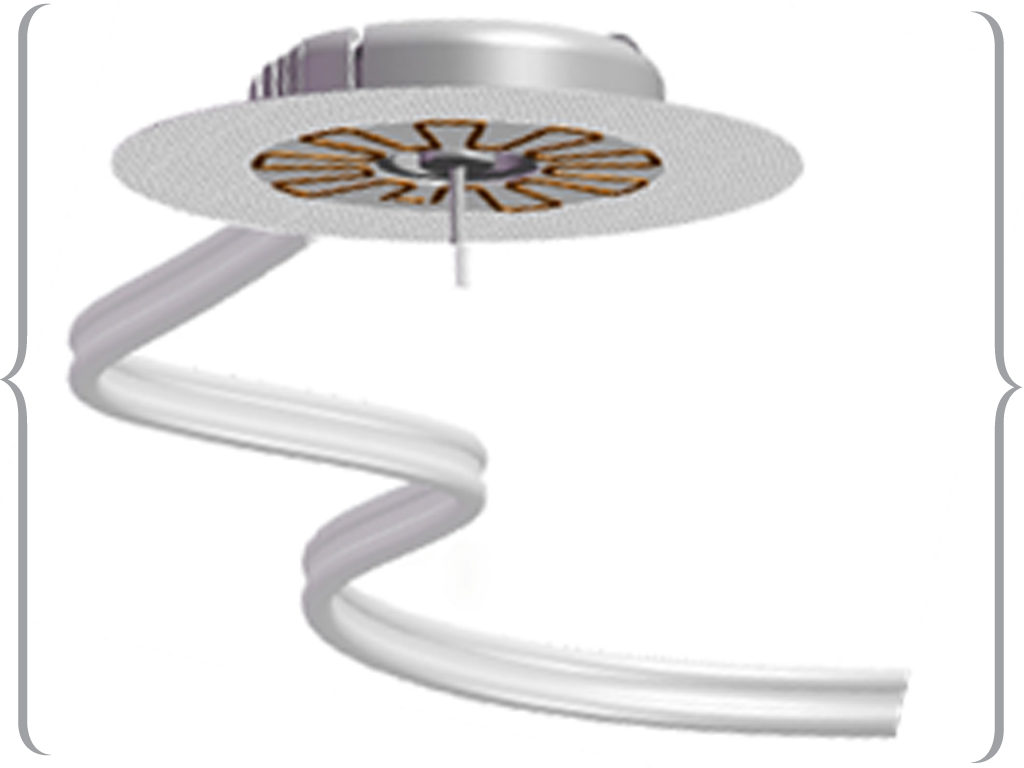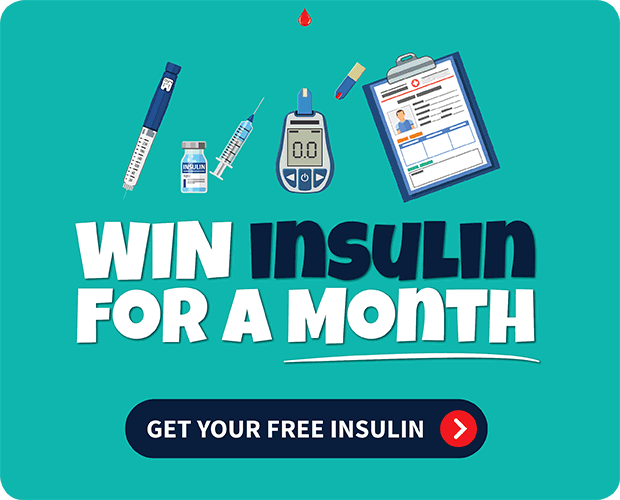Insulin Dosing Tips for Pizza, Chinese Food, Lasagna, and Cake!
High carb foods that are high in fat will breakdown very slowly; your insulin dosing must anticipate and trust that long digestion cycle
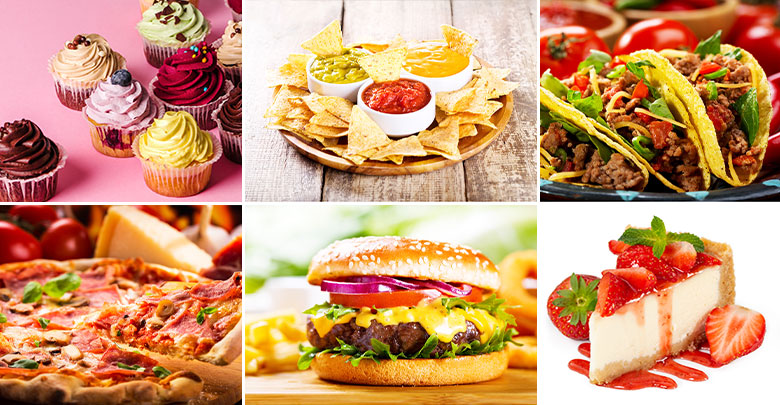
Well, who said that just because you have type 1 diabetes means you can’t ever eat pizza or lasagna ever again? Cupcakes?
Dosing insulin around meals that are high in both carbs and high in fat can be very, very tricky.
You aren’t alone if you’ve tried to carefully calculate your insulin dose for pizza only to find your blood sugar plummeting two hours later…then spiking to 400 mg/dL 2 hours after that.
Why these foods are so tricky
When you eat a cupcake or a slice of pizza, it does begin to digest like normal food but trouble arises when that tremendous fat content (generally anything over 15 to 20 grams) slows down the breakdown of the high carbohydrate content.
So, if you take the whole dose of insulin to cover the carbohydrates and the fat content, the insulin will inevitably be active before the entire meal has been digested.
At first, you might have concluded that this means you need less insulin for pizza. So the next time you eat it, take 5 units of fast-acting insulin and check your blood sugar 2 hours after eating to find an in-range blood sugar. Only to find that 4 hours later, your blood sugar is above 400 mg/dL.
If you use an insulin pump, you can create this same effect by using a dual-wave bolus. A dual-wave bolus allows you to take some of your normal dose of insulin up front, and some insulin is delivered over the course of several hours.
Pizza, tacos, lasagna, cake, Ben & Jerry’s ice cream…these things are not magically impossible. They simply digest extremely slowly.
So your insulin dosing strategy needs to address this compared to a more “normal” meal.
My personal insulin dosing strategy for high-carb / high-fat foods
Personally, I’ve come up with a strategy that generally works — and I’d like to share it with you!
Please remember that these specifics are what works for my body. The dosage of insulin and timing may be different for your body.
- I know that for 1 large slice of cake or 2 normal sized cupcakes, my body needs a total of 10 to 12 units of fast-acting insulin.
- So, I give myself 4 or 5 units when I begin eating.
- I check my blood sugar 2 hours after eating to find, hopefully, that my blood sugar is near 100 mg/dL.
- Then I take the remaining half of my dose.
Two things you’ll find challenging…
First
It is daunting and scary to take 6 units of fast-acting insulin when you know your blood sugar is 106 mg/dL two hours after eating a meal.
The way to work through that fear is pretty simple though: check your blood sugar, take good notes, check your blood sugar again.
A low blood sugar can’t hurt you if you see it coming by checking your blood sugar frequently to see the evidence. By evidence, I mean: see the proof that you really still are digesting that pizza and you really did need that second dose of 6 units of insulin even though your blood sugar was 106 mg/dL at the time you took it.
Prove to yourself that you do indeed digest that food that slowly and you’ll build confidence in the art of taking that much insulin two hours after eating.
Second
Not all pizza is created equal.
If I eat the gluten-free pizza from the local pizzeria, Mimmos, I’m going to need a different amount of insulin for that meal compared to the gluten-free pizza from Costco.
- The crusts are completely different.
- The amount of cheese is totally different.
- The insulin I need is totally different.
Instead of worrying about carbohydrate counts (because the high-fat content demands insulin even though it contains no carbohydrates), take good notes on how many slices of pizza you ate and where that pizza came from.
Was that a homemade cupcake? Or a store-bought cupcake?
Little differences in ingredients have a big impact on how much insulin you need: two doses of 4 units? Or two doses of 7 units?
Take good notes. Check your blood sugar often. This is a science experiment like every other day with diabetes.

